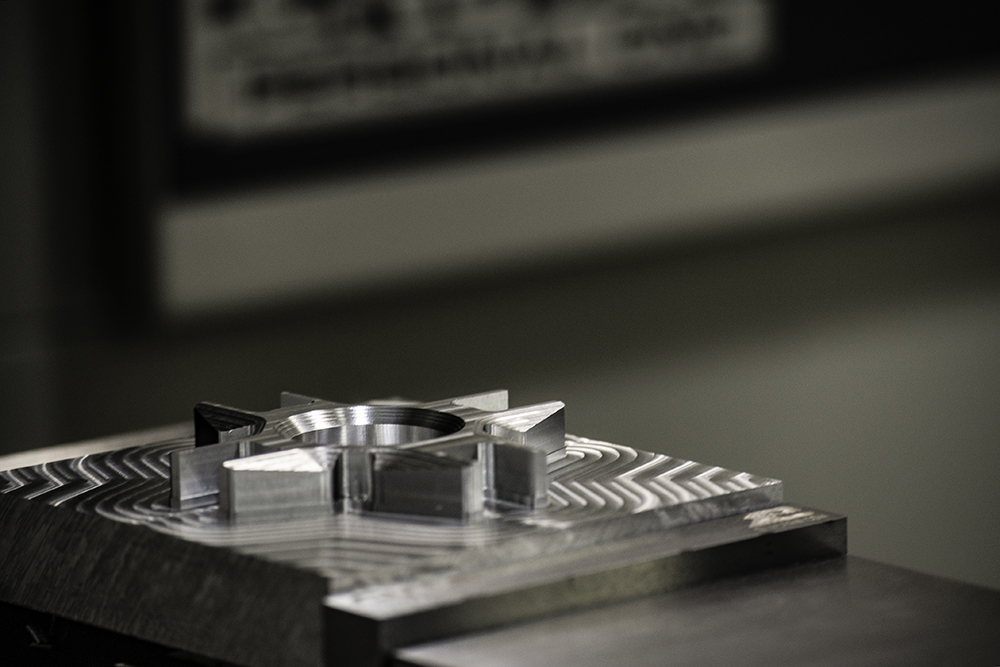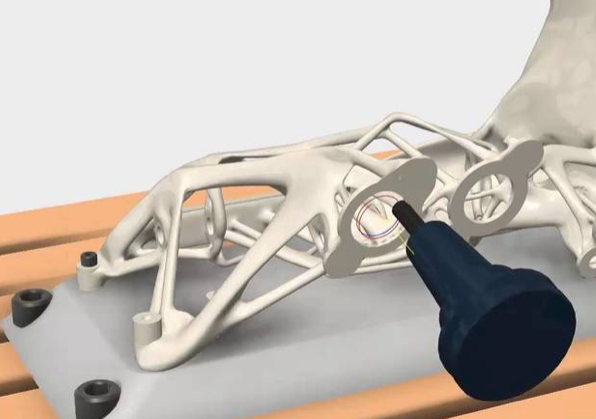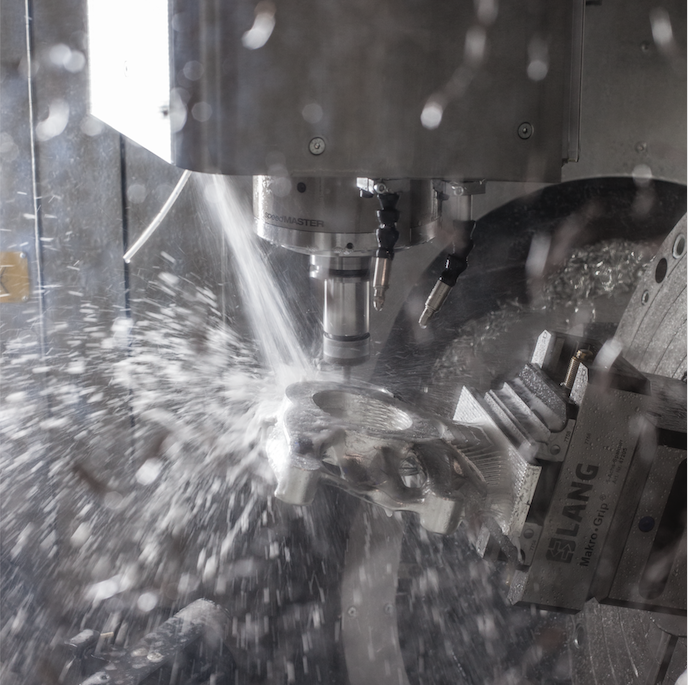Ellie Rathbone
Social Media Marketing Specialist at Autodesk, managing all advanced manufacturing social channels across multiple platforms. Based in the UK.

Dealing with five axes when machining isn’t a simple process in any industry, but it gets especially interesting in the realm of aerospace. When we’re talking about subtractive manufacturing in general, you have to consider everything from your material and holding that work to your tooling and the toolpaths to get to your finished part.…
Advanced Manufacturing

For machine shop operators considering milling machines, one of the most basic questions they have to answer relates to configuration: vertical or horizontal mill? The answer depends on the nature of the business—in particular the type and volume of work being done in the shop—but also cost, capabilities of the workforce, and the facility itself. All…
Advanced Manufacturing

In the constantly evolving world of manufacturing, mold and die shops must continually improve productivity without sacrificing part quality. As you strive to stay competitive, you may need to work smarter and harder… With harder materials, that is. Many molds and dies require these hard materials to operate optimally. For example, H13 steel is capable of…
Advanced Manufacturing

A look at how one mold manufacturer has embraced new manufacturing technology, unlocked the full potential of its workforce and become the dominant supplier in its field. Article by Clinton Perry, PowerMill Product Marketing Manager Today’s mold manufacturers are under pressure. Yep, it’s a shock revelation, right? Your end customers demand, even expect, to see…
Advanced Manufacturing

When was the last time your 3D CAD tool “aided” your design? Sure, the software enabled you to document an already determined outcome, maybe validated an instance of a design for strength, or even allowed you to convert a 3D object into those wonderful 2D views, and of course they updated when the model changed.…
Advanced Manufacturing

Human creative freedom has always been limited to two fundamental restrictions; the capabilities & limitations of the tools available to make objects, and a solution domain limited to the creativity of individuals. Take for example the development of software for a self-driving car, but apply that solution to a horse drawn carriage. Of course, neither…
Advanced Manufacturing

Today’s factories are easy to envision as futuristic-seeming hives of automation, where industrial robots mimic the movements and, seemingly, the intentionality of human workers. Today’s robots are not only working faster and more reliably than their human counterparts but also performing tasks beyond human capability altogether, such as microscopically precise assembly. But many of those robots…
Advanced Manufacturing

Image Source: Flickr The manufacturing skills gap is a very real problem facing the US manufacturing sector and industries abroad. Smart factories and robotics have become a key aspect of the fourth industrial revolution, set to bring about Industry 4.0, but humans are still and will continue to be a big part of the picture.…
Advanced Manufacturing